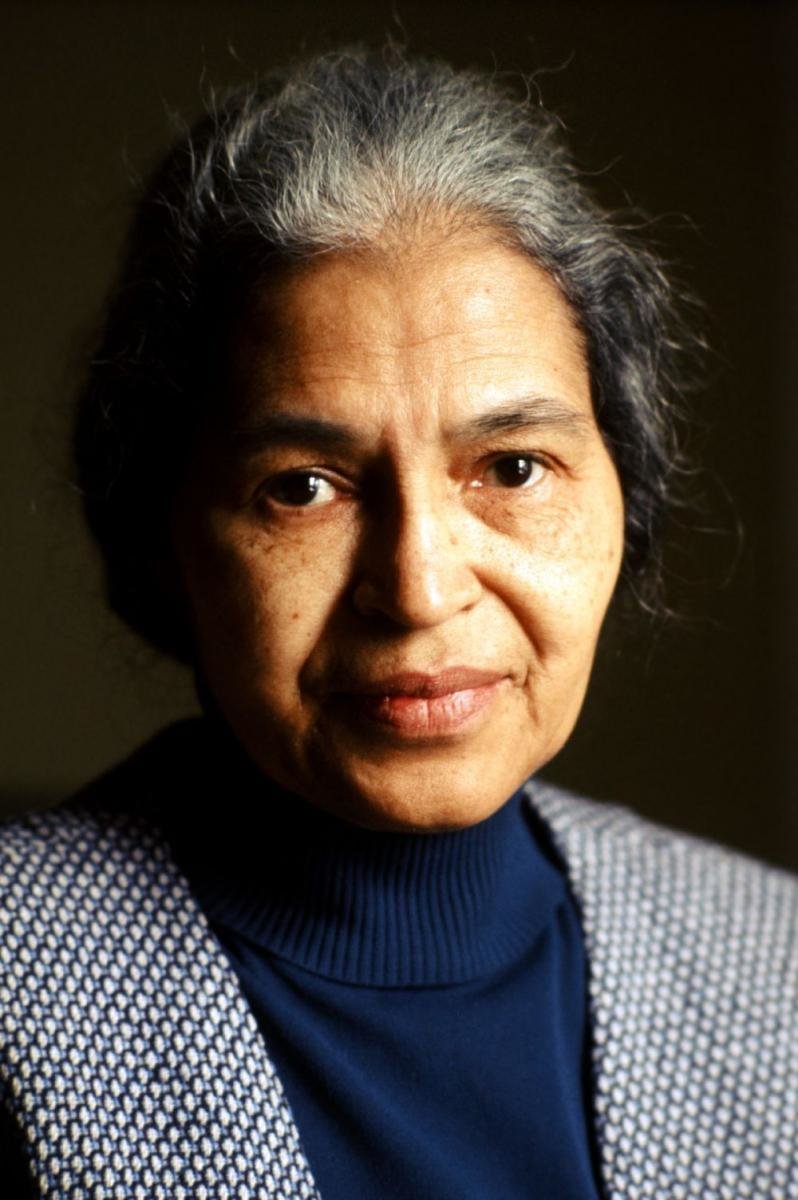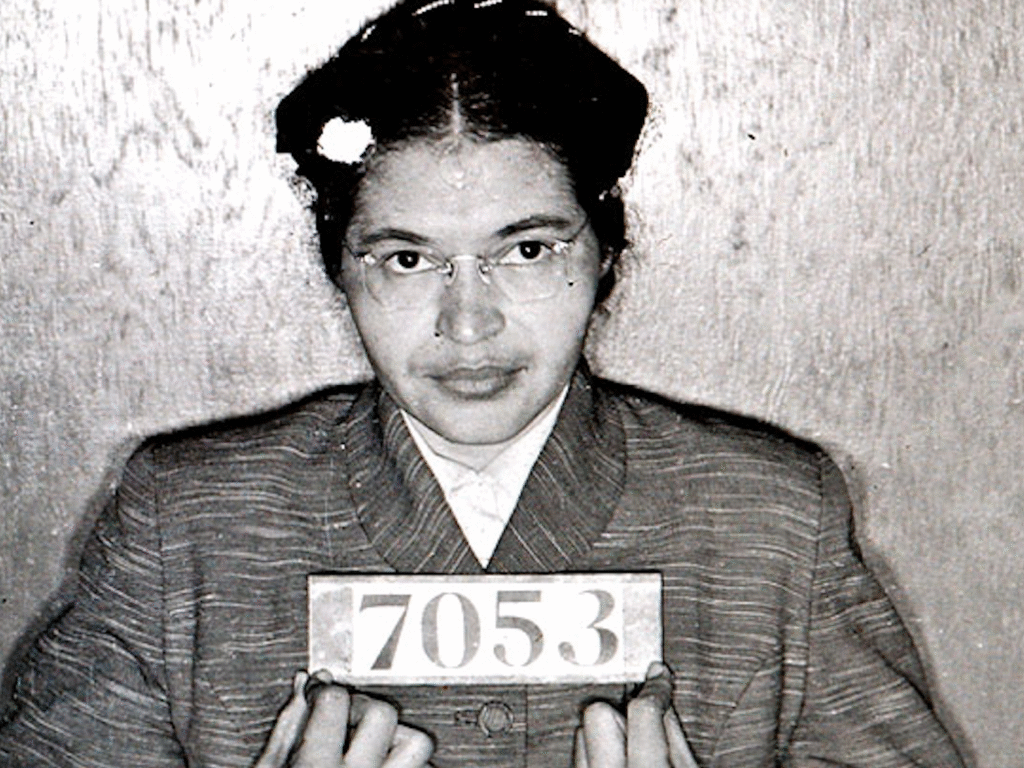Who was Rosa Parks? Meet the woman who changed the course of history

osa Parks, often hailed as “the mother of the civil rights movement,” was an African American seamstress and activist whose quiet act of defiance on a Montgomery, Alabama bus in 1955 sparked a movement that reshaped the American social and political landscape. Her refusal to give up her seat to a white passenger was not only a courageous stand against segregation but also a pivotal turning point in the long struggle for racial equality in the United States.
Early Life and Influences
Rosa Louise McCauley was born on February 4, 1913, in Tuskegee, Alabama, to James and Leona McCauley. After her parents separated, Rosa moved with her mother and brother to Pine Level, where she was raised on a farm and received her early education in a segregated one-room schoolhouse.
From an early age, Rosa was aware of the inequalities around her. She witnessed systemic racism, violence, and injustice firsthand in the Jim Crow South. Her strong sense of justice was deeply influenced by her grandparents and her mother, who taught her dignity, self-respect, and strength in the face of oppression.
She later attended the Industrial School for Girls in Montgomery and briefly enrolled at the Alabama State Teachers College for Negroes (now Alabama State University), though she had to leave school to care for her ailing grandmother and mother.
Marriage and Early Activism
In 1932, Rosa married Raymond Parks, a barber and active member of the NAACP (National Association for the Advancement of Colored People). Encouraged by him, Rosa also became active in the civil rights movement. She joined the Montgomery chapter of the NAACP in 1943 and worked as a secretary, one of the only women in the organization at the time. Her work involved documenting injustices, such as racial assaults and unequal treatment of African Americans in legal matters.
Parks also became deeply involved in voter registration efforts, despite facing literacy tests, poll taxes, and other barriers designed to suppress Black voters.

The Bus Incident That Changed History
On December 1, 1955, Rosa Parks boarded a city bus in Montgomery after a long day working as a seamstress. When the bus filled and a white man was left standing, the driver, James Blake, demanded that Parks and three other Black passengers give up their seats.
While the others complied, Rosa Parks refused. Her arrest that day under segregation laws was not a spontaneous act—it was a deliberate and powerful protest, built on years of personal experiences and community frustration.
Her dignified resistance galvanized the local Black community, leading to the formation of the Montgomery Improvement Association, which organized the Montgomery Bus Boycott. A young Dr. Martin Luther King Jr. was chosen to lead the boycott, catapulting him into national prominence.
The Montgomery Bus Boycott (1955–1956)
The Montgomery Bus Boycott lasted for 381 days, during which tens of thousands of African Americans refused to ride the city’s buses, crippling the transit system financially. Despite facing intimidation, violence, arrests, and even bombings, the community remained united.
The boycott ended after the U.S. Supreme Court ruled that segregation on public buses was unconstitutional, in the case Browder v. Gayle (1956). Rosa Parks’ simple act of civil disobedience had helped dismantle a key pillar of institutionalized racism.
Life After the Boycott
Despite her role as a national icon, Rosa Parks and her family suffered severe consequences. She lost her job, and Raymond was also forced to leave his employment. They received death threats and found it difficult to find work in Montgomery. In 1957, they moved to Detroit, Michigan, where Rosa continued her activism.
From 1965 to 1988, she worked in the office of Congressman John Conyers, supporting civil rights initiatives and helping constituents.
She remained active in the Black Power movement, supported causes such as political prisoners’ rights, and was an advocate for social justice throughout her life.
Later Life and Legacy
Rosa Parks co-founded the Rosa and Raymond Parks Institute for Self Development in 1987 to guide young people in leadership and career development. She published an autobiography, “Rosa Parks: My Story,” and received numerous awards and honors for her lifetime of activism.
Among her many accolades:
- Presidential Medal of Freedom (1996)
- Congressional Gold Medal (1999)
- Inducted into the Alabama Women’s Hall of Fame
- Multiple statues and schools named in her honor
- In 2005, she became the first woman and second African American to lie in honor in the U.S. Capitol Rotunda
Death and Commemoration
Rosa Parks passed away on October 24, 2005, at the age of 92. Her death was met with tributes from around the world. She was remembered not only for her bravery but also for her humility and quiet strength.
In 2013, on the centennial of her birth, President Barack Obama unveiled a statue of Rosa Parks in the U.S. Capitol, symbolizing her enduring place in American history.

Conclusion: The Power of One
Rosa Parks showed the world that one individual can ignite a movement. Her courage reminded us that the fight for justice does not always begin with grand speeches or violent uprisings—it can begin with a simple “no” in the face of injustice.
She didn’t intend to become a hero, but Rosa Parks changed the course of history by sitting down so others could stand up. Her legacy endures in the ongoing fight for civil rights, social justice, and human dignity around the world.




